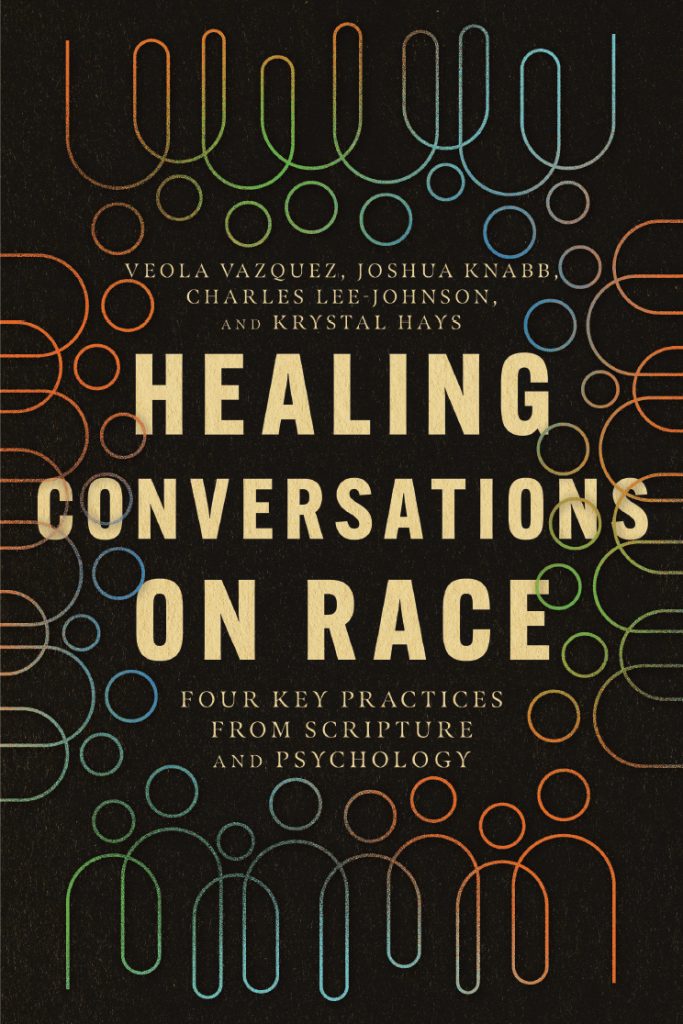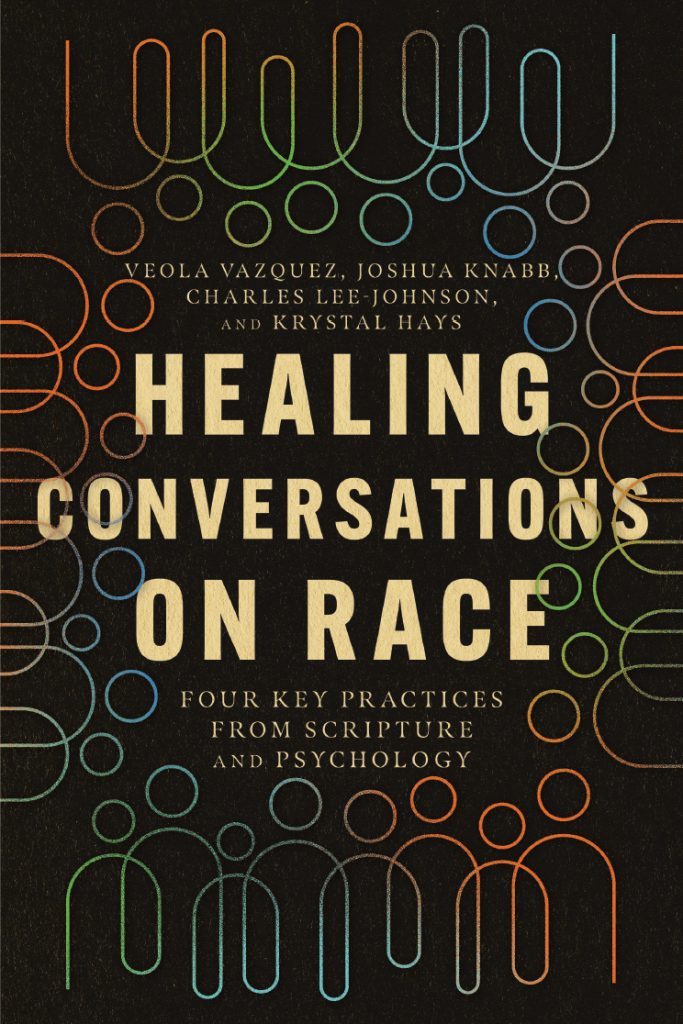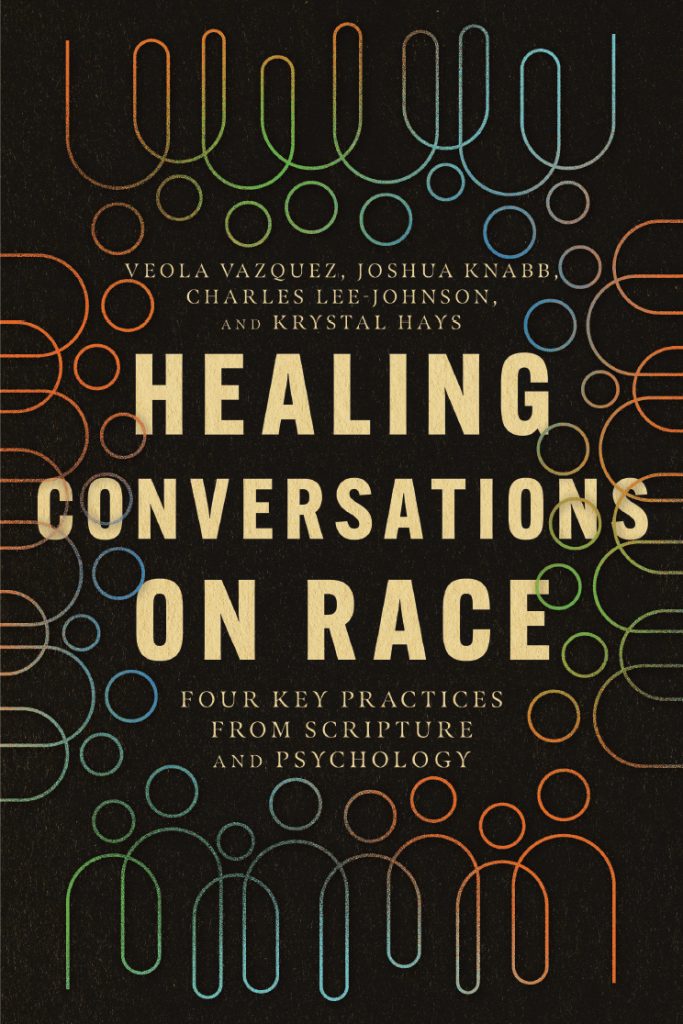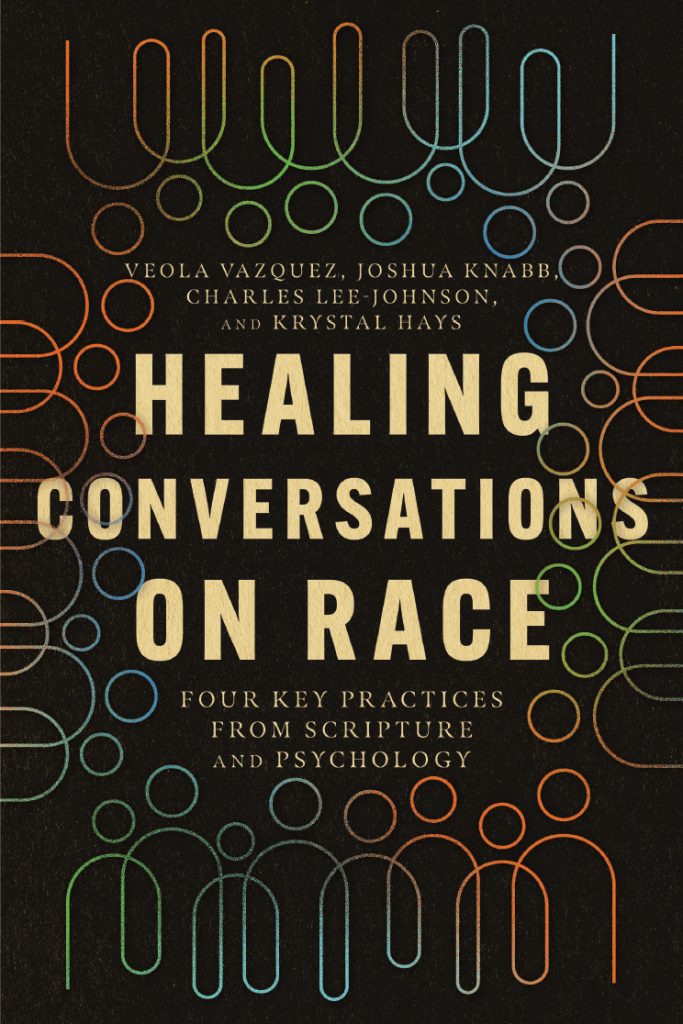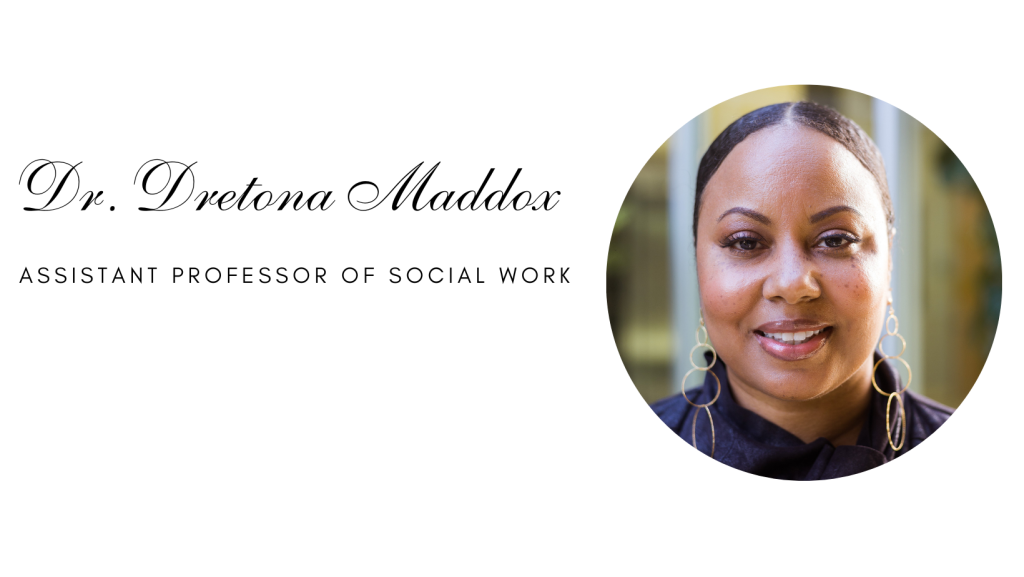This is Part 2 of a 3-part blog post.
Read Part 1: Why Does Commitment Matter in Marriage?
Three Types of Commitment
It is important to note that the reason partners commit to their marriage may vary. The “tripartite commitment” approach (Johnson, 1991; Johnson, Caughlin, & Huston, 1999) explains commitment as a multidimensional construct that consists of three types of commitment: personal commitment, moral commitment, and structural commitment. Personal commitment refers to “the extent to which one wants to stay in a relationship.” Personal commitment is affected by attraction to one’s partner, attraction to the relationship, and couple identity. Moral commitment refers to “the sense that one is morally obligated to continue a relationship.” Johnson (1999) has argued that moral commitment is affected by three components: a belief in the value of consistency in the marriage, values regarding the stability of a particular type of marriage, and the sense of obligation to one’s partner. Structural commitment refers to “the sense of constraint or that there are barriers to leaving a relationship.” Johnson has argued that this commitment is described in four components: alternatives, social pressure, termination procedures, and irretrievable investments. The first component, alternatives, involves a spouse’s decisions about relationship dissolution because of the availability of alternative circumstances such as economics, housing, and employment. The second component, social pressure, involves opinions or reactions from people who may or may not approve of relationship dissolution. The third component, termination procedures, involves the difficulty of procedures to end a marital relationship. The last component, irretrievable investments, involves feelings about having invested time and resources into a relationship if the relationship comes to an end.

The Importance of Personal Commitment
Married individuals consider commitment to their partners as an essential factor to their current marital satisfaction. Several studies found that individuals who are more committed to their partners have more tolerance and more realistic expectations, spend more time together, give more compliments to the spouse, and forgive their partners, compared to more weakly committed ones. Several studies found that married individuals who are highly committed to each other as persons were found to have significantly less difficulty in solving marital problems in all areas of marriage because commitment provided a foundation for healthy conflict resolution. Research has found that this type of commitment was also related to willingness to sacrifice, better communication, greater happiness, and an increase in accommodation toward partners.
Clements and Swensen (2000) reported that personal commitment is the strongest and most consistent predictor of marital quality. Swensen and Trahaug found that married individuals whose commitment was primarily to each other as persons had fewer problems and more reciprocal love in marriage than couples whose commitment was mainly to the institution of marriage.

Personal Commitment In the Bible
The concept of personal commitment is evidenced throughout Scripture. The Hebrew word hesed, which is a strong relational and covenant term, cannot be captured with one English word. Hesed can be translated as love, mercy, grace, faithfulness, loyalty, goodness, and benevolence that are all positive characteristics of God that are true of people. The quality of hesed is going beyond the obligations to duty to show exceptional faithfulness or kindness to those with whom one relates. Although people seek to fulfill their needs on their own behalf, true covenant faith is expressed by placing the welfare of others ahead of oneself.
In the Old Testament, love is an expression of covenant commitment in acts of hesed. Ruth and Boaz serve as models of hesed by having loved other people more than they loved themselves. When Ruth offered herself in marriage to Boaz, he praised her for a great act of hesed, because she showed kindness and grace. Boaz also treated her with true hesed, even though she was Moabitess. Accordingly, hesed exists in a marriage when a husband and wife go beyond the minimal requirements of his or her obligation and show real kindness to his or her spouse.

Throughout the Bible, marriage is frequently used as a metaphor to describe the nature of the relationship between God and his people. In the Scriptures, the marriage commitment reflects a permanent covenant between God and His people. Hosea describes the covenant He made with His people as a marital relationship: “I will betroth you to Me forever; Yes, I will betroth you to Me in righteousness and in justice, In loving kindness and in compassion” (Hosea 2:19).
Biblical marriage based on personal commitment is more than a human contract. Hosea describes Israel’s spiritual condition in Hosea 4:1. “There is no faithfulness, no love, no acknowledgment of God in the land.” The marriage between God and Israel is the covenant, which implies more than a contract where business is at the heart of the relationship. While a contract can be maintained without any love between the two parties, the covenant as marriage is a relationship of love between God and His people.
As a result, married individuals who show hesed do not simply fulfill their duties to their spouse but go beyond an obligation in a marriage relationship by showing real kindness to their spouse.

References
Block, D. I. (1999). Judges, Ruth. Nashville, Tenn.: Broadman & Holman Publishers.
Clements, R., & Swensen, C. H. (2000). Commitment to one’s spouse as a predictor of marital quality among older couples. Current Psychology, 19(2), 110.
Garrett, D. A. (1997). Hosea, Joel. Nashville, Tenn.: Broadman & Holman.
Johnson, M. P. (1991). Commitment to personal relationships. In W. H. Jones & D. Perlman (Eds.), Advances in Personal Relationships (Vol. 3, pp. 117-143). London: Jessica Kingsley.
Johnson, M. P., Caughlin, J. P., & Huston, T. L. (1999). The Tripartite nature of marital commitment: personal, moral, and structural reasons to stay married. Journal of Marriage & Family, 61(1), 160-177.
Swensen, C. H., & Trahaug, G. (1985). Commitment and the long-term marriage relationship. Journal of Marriage and the Family, 47(4), 939-945.








